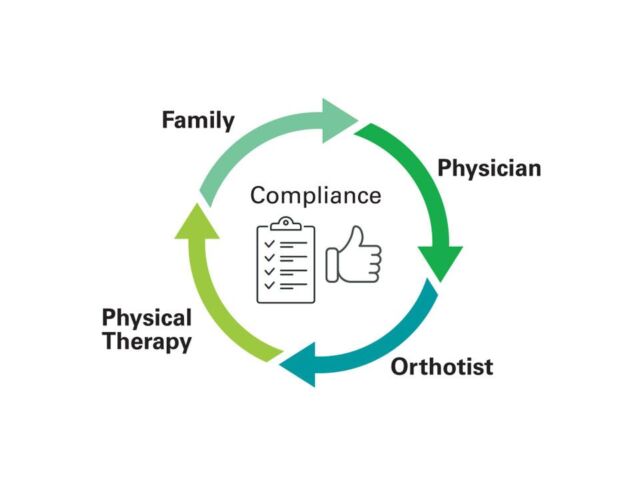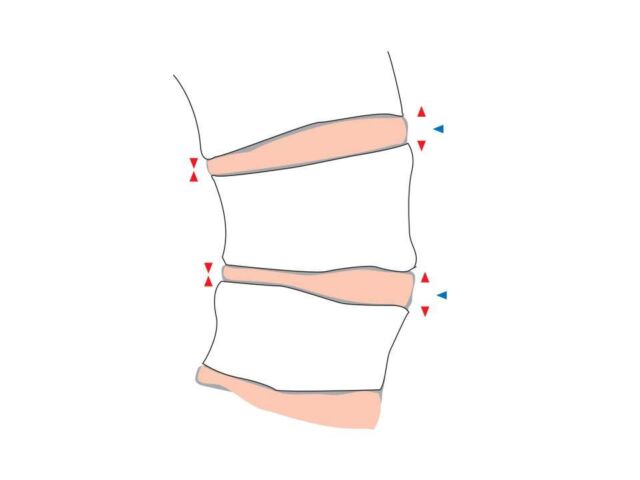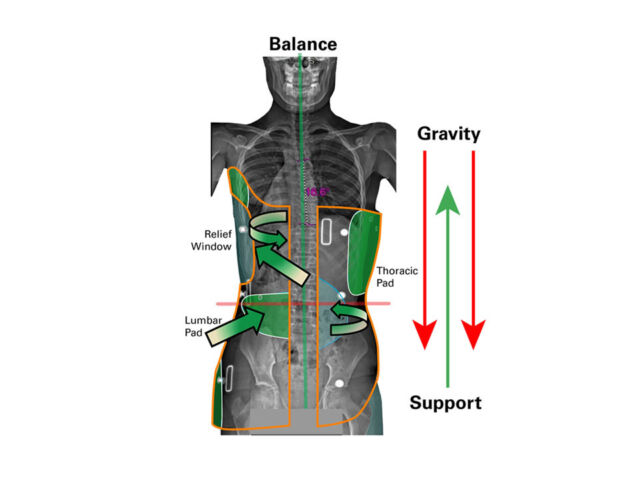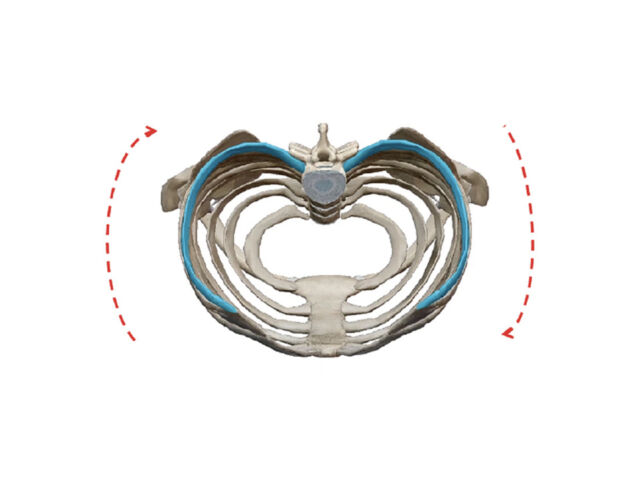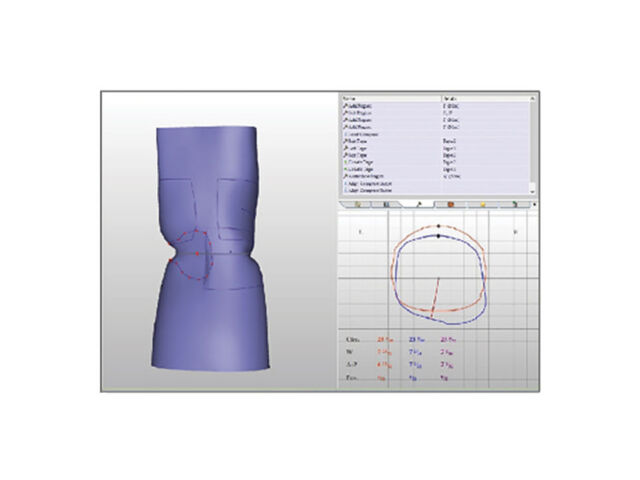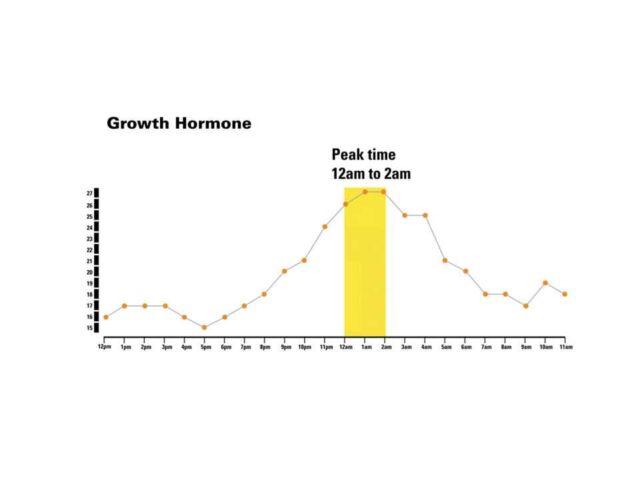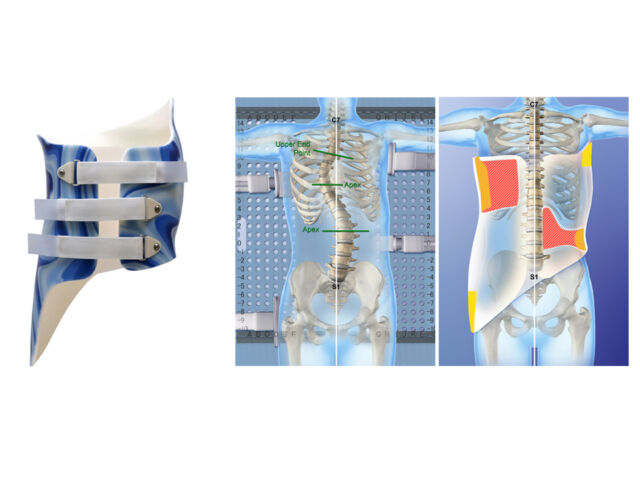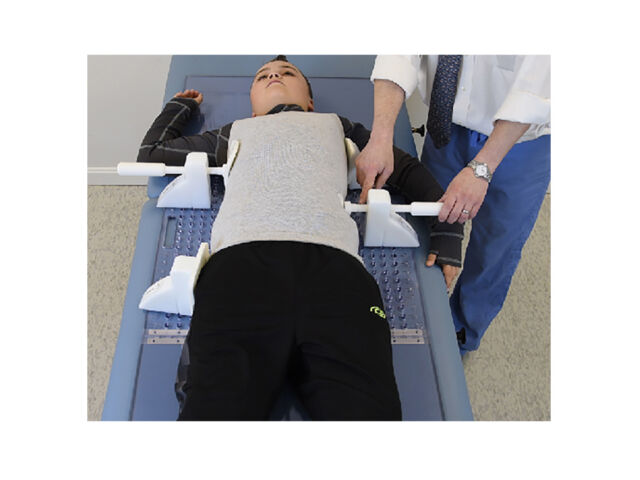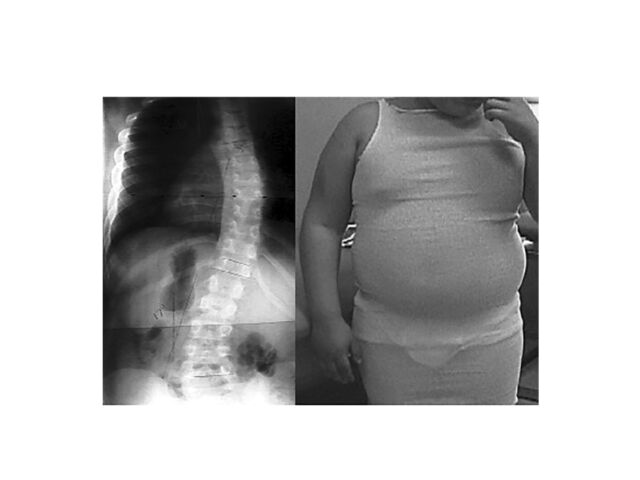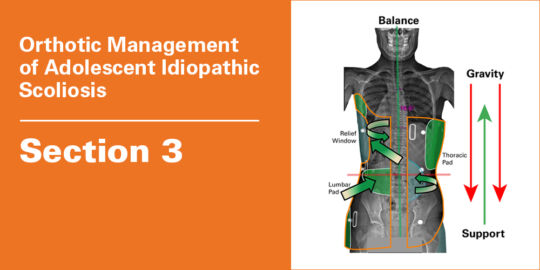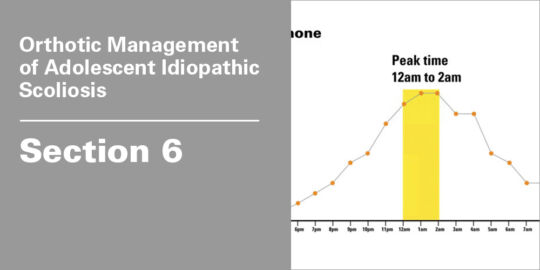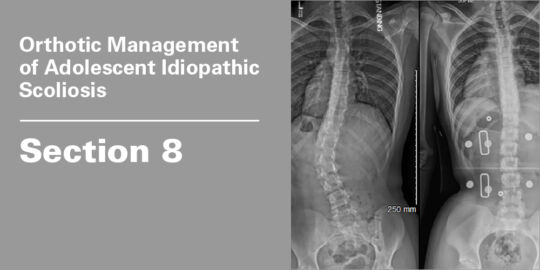Orthotic Management of Adolescent Idiopathic Scoliosis
At Spinal Technology, we believe that sharing our knowledge, absorbing that of others, and working together as a team, is the most effective way to advance the treatment and care for all patients.
Adolescent idiopathic scoliosis is recognized as the most common type of spinal deformity and estimated to affect anywhere from 2% to 5% of all children. The course of treatment can vary depending on the severity and can include observation, physical therapy, orthotic bracing, surgery, or various combinations thereof. For most patients with scoliosis, this means that they will likely have interactions with multiple practitioners of varying expertise throughout their youth. Communication, continuity, and collaboration among all disciplines involved, including support of the patient’s family, are paramount to successful outcomes and quality of life for each patient.
As part of the clinical team, we are driven to go beyond the physical products that we provide, and offer our expertise and support with all the resources we have. With a passion for treating scoliosis, we make it our priority to share our knowledge, teach what we know best, and create the tools and materials for improving patient care.
The introduction of varying brace designs can often present conflicting perspectives on the appropriateness of any particular method of treatment. As extensive research is presented on a broad scope of new concepts, the basic principles and understandings of effective bracing tend to become less clear. We believe a concise foundation of knowledge is critical to successful scoliosis management.
At Spinal Technology we recognize the importance of continuous education and are pleased to provide informational material and support to those who share our commitment to advancing the care of patients
challenged with scoliosis.
The Clinical Development & Education Team at Spinal Technology
